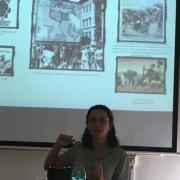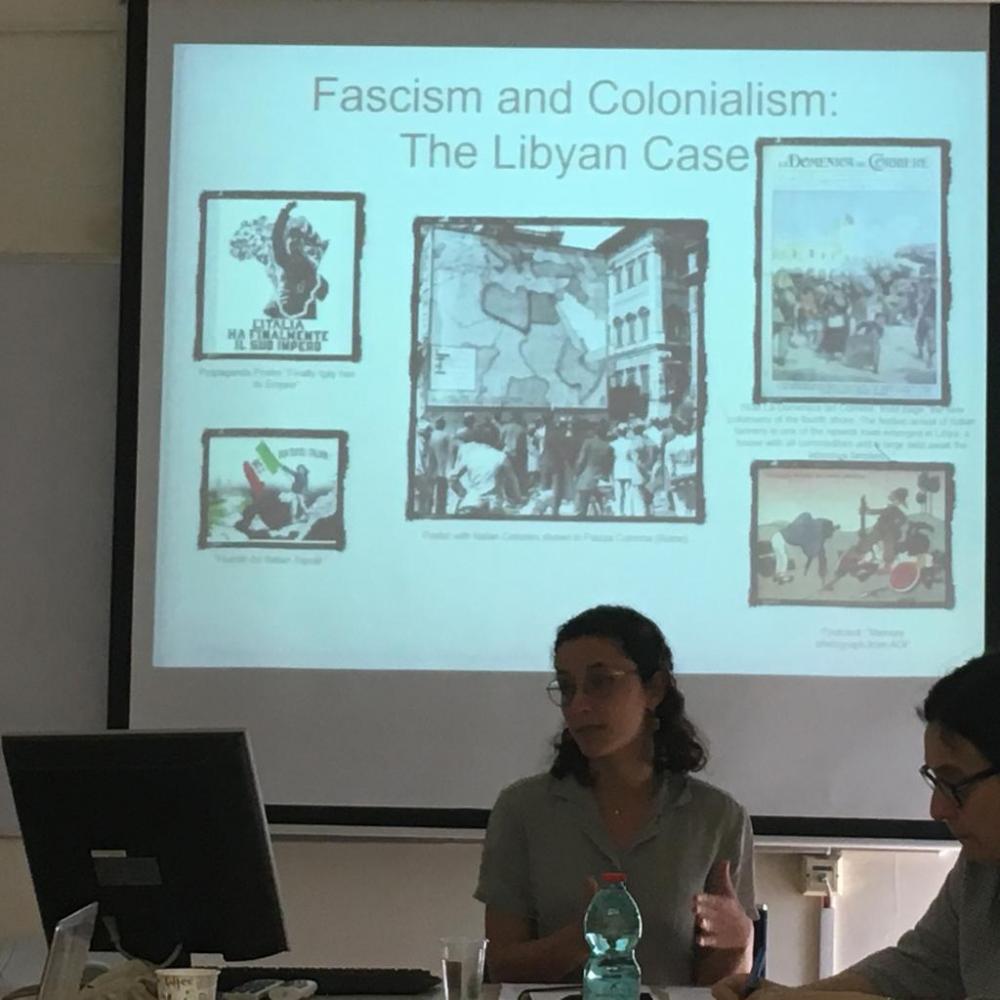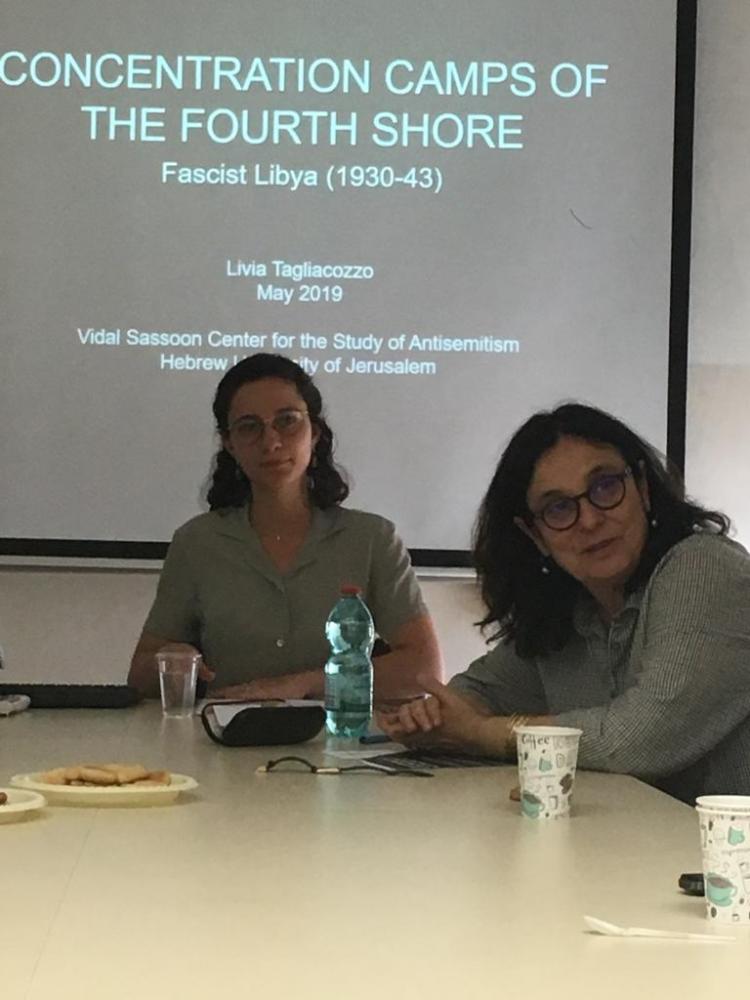
On Monday, 15 May 2019, SICSA held a Research Seminar titled Concentration Camps of the Fourth Shore: Fascist Libya 1930–1943, featuring a lecture by Ms. Livia Tagliacozzo.
The conquest of Libya was initiated by liberal Italy and gained momentum in the fascist period, with Mussolini's cardinal commitment to complete the take-over, and unify the regions of Cyrenaica, Fezzan and Tripolitania. Officially united in 1861, Italy was among the last European powers to join the scramble for Africa. Libya's geographical proximity to the peninsula and the Italian historical legacy pertaining to Mediterranean conquests rendered it symbolically charged and an ideal first step to actualize Mussolini's expansionist agenda, forge the Italian 'New Man' and redeem Italy's image on the world stage– particularly important following the 'mutilated victory' of World War I, the Slap of Tunis and losses to indigenous Africans such as Sciara Sciatt.

The concentration camp system evolved in Libya as a strategic mechanism to suppress the anti-Italian resistance from the regions of Fezzan, Tripolitania, and most significantly Cyrenaica. The use of camps can be seen as a distinctively fascist element of colonialism; while liberal Italy had already carried out deportations and employed concentration camps, the extent and scope of fascist deportations was unprecedented. In its effort to suppress the anti-Italian resistance in the 1930s, the fascist government deported and interned two-thirds of the population of eastern Libya, over 11000 individuals, in sixteen concentration camps. During World War II, Jewish residents of Libya and foreign citizens were deported to concentration camps, most notorious among them the camp of Giado located 250 km from Tripoli. In both cases, the concentration camps were fundamental repressive instruments employed by the fascist regime, and pragmatic means for the Duce to obtain his objectives.
The lecture presented the two sets of concentration camps which developed for groups of Libyan citizens who at different moments were regarded as threats to the fascist hegemonic project and thus identified as legitimate targets of the regime. It also showed a considiration of the ways in which the camps during the 'pacificazione' for Senussi bedouins and those set up during World War II for Jews were structurally and functionally different, and of the manner the camps reflected the development of fascist military, political, economic, and social objectives.






